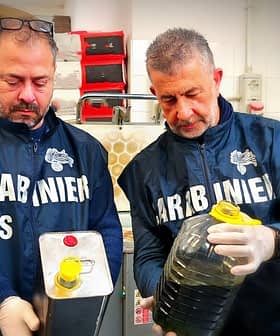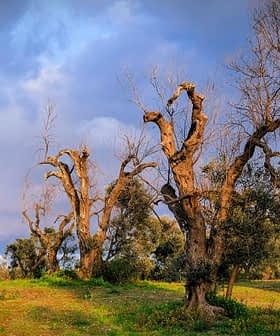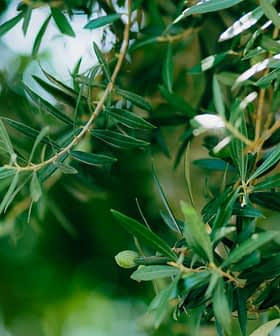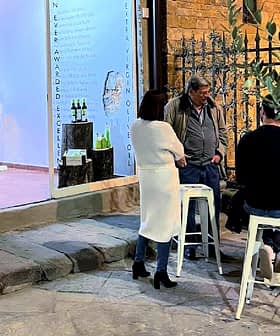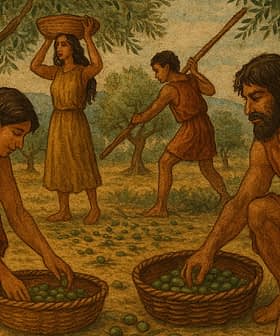PGI for Apulian Olive Oil Underway
Olio di Puglia obtained the approval by the Italian Ministry of Agriculture and is waiting for the final EU approval.
The production specification for the Protected Geographical Indication (PGI) ‘Olio di Puglia’ has been approved by the Italian Ministry of Agriculture, and the dossier has been sent to the EU for final acceptance. The PGI will be obtained from olives harvested in Apulia, with specific requirements for varieties, production per hectare, and healthy properties, and will be promoted through a communication campaign to highlight its exceptional qualities for consumers worldwide.
The production specification of the Protected Geographical Indication (PGI) ‘Olio di Puglia’ obtained the approval by the Italian Ministry of Agriculture (Mipaaf).
We are ready to launch a powerful communication campaign to make Italian and worldwide consumers aware of the extraordinary organoleptic and health properties of the extra virgin olive oil IGP Olio di Puglia.
“The national process for the recognition of the PGI was concluded and the dossier was sent to the EU for the definitive acceptance, which hopefully will be issued in a few months,” the president of the association for Apulian extra virgin olive oil, Pantaleo Piccinno, said.
The draft was brought to the attention of the European Commission which should formally finalize the adoption with the registration in the list of PGIs.
These steps are part of the long and complex procedure required for the institution of a new geographical indication specification, which starts from the establishment of an association of producers and then depends upon the approvals of national and European institutions, in compliance with the Regulation 510/2006.
If adopted, the document will be published in the Official Journal of the EU, and if no objections are received within in six months, the product will obtain the recognition.
After a first national validation, some letters of opposition came to the Mipaaf and a further meeting at the Ministry was necessary. The Association for the promotion of the PGI responded promptly to the arguments and the specification was definitively accepted.
“It was an elaborate work that lasted two years and involved all the subjects of the olive and olive oil sector in Puglia,” Piccinno pointed out. “The complexity consisted of defining the unique characteristics of an area which, we must recall, produces more than fifty percent of Italian olive oil.
“The result was a rigorous and highly qualifying specification which outlines the apulianity of this extra virgin olive oil, and which will be a guarantee of origin and quality for consumers all over the world.”
The PGI Olio di Puglia will be obtained from olives harvested in the Apulian territory, along with milling and packaging facilities that likewise must be located in the administrative territory of the region, in an area within a maximum radius of 125 km (77.6 mi) from the orchard or which can be reached with travel time not exceeding 120 minutes.
Olives, whose maximum production per hectare cannot exceed 12 tons, shall belong exclusively to national varieties mainly widespread in Apulia such as Cellina di Nardò, Cima di Bitonto (or Ogliarola Barese, or Ogliarola Garganica), Cima of Melfi, Frantoio, Ogliarola salentina (or Cima di Mola), Coratina, Favolosa (or Fs-17), Leccino, Peranzana, in a measure of not less than 70 percent. Other varieties, up to a maximum of 30 percent, must be exclusively national.
It is noteworthy that the requirement for healthy properties, as total biophenols shall be at least 300 mg/kg, of which bioactive phenols must be at least 250 mg/kg, “that is a concentration to the bottling compatible with the health claim approved by the EFSA and included in the EU Reg. 432/2012,” the specification points out.
“It will be good for your health because it complies with the EU health claim, and it will be always fresh because it shall be bottled in the year of production,” Piccinno noted. “We are now confident in the EU’s decision and ready to launch a powerful communication campaign to make Italian and worldwide consumers aware of the extraordinary organoleptic and health properties of the extra virgin olive oil IGP Olio di Puglia, which will become an irreplaceable food in the diet of those who care about good food and health,” he concluded.
Characteristic features of the Apulian PGI logo will be a circular amaranth red area which embraces a three-dimensional reproduction of an ancient Roman gold coin which was minted in Taranto. It depicts leaves and branches of an olive tree and a wheel with a young girl holding an olive branch which symbolizes the historical link of the region with the production of olive oil.


